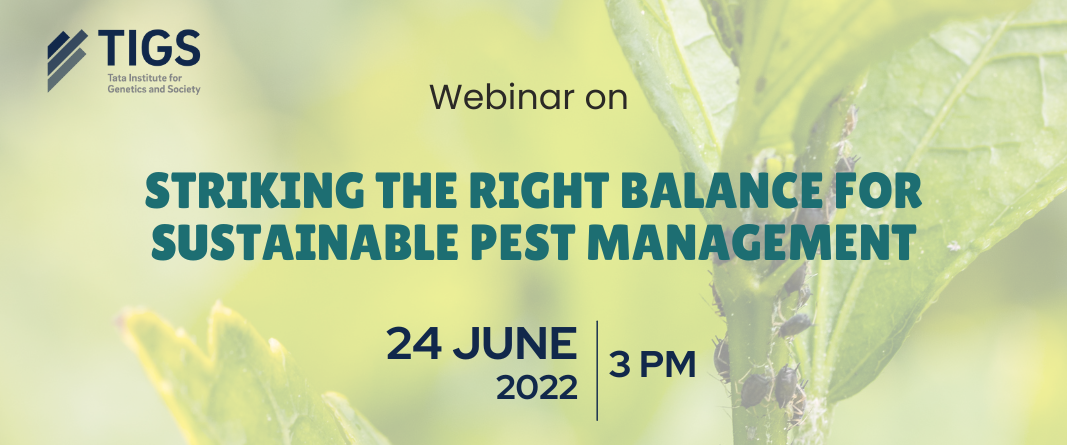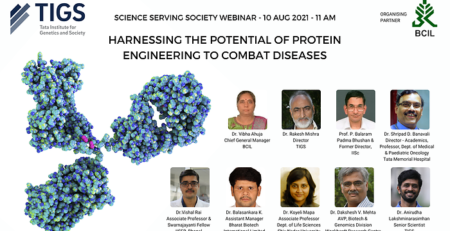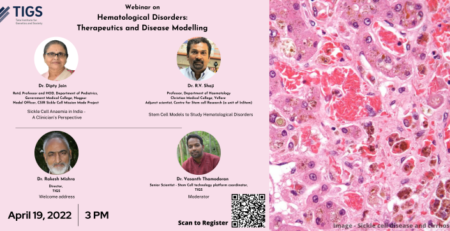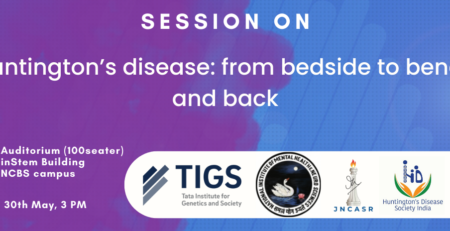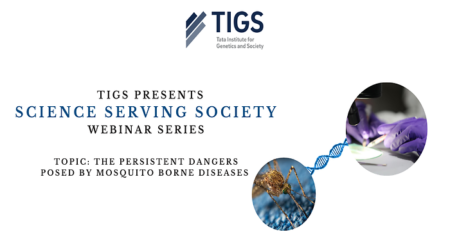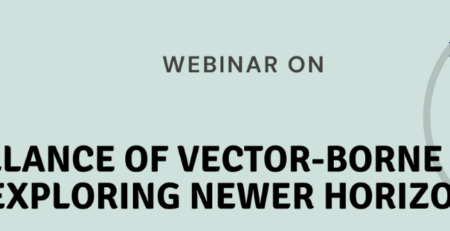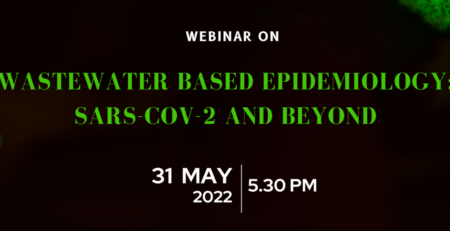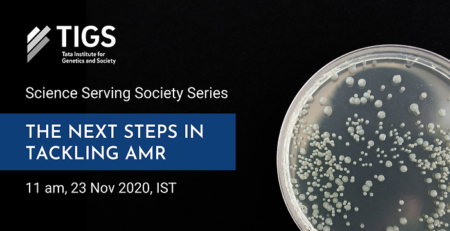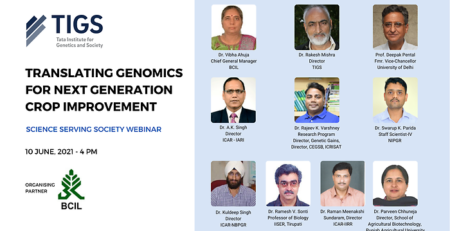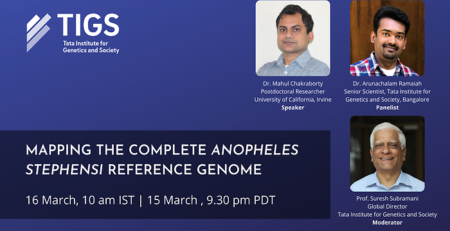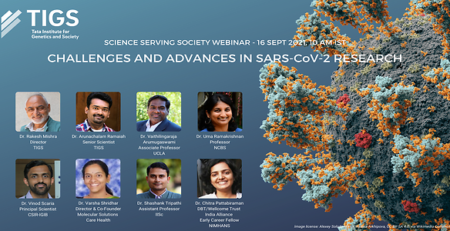The history of conflicts between humans and insect pests dates back to 2500 BC when Sumerians used sulphur compounds to control mites. The rampant use of synthetic insecticides after world war-II led to the disruption of ecological balance and had a direct impact on the food security that trawled humankind across the world. With time, several strategies have evolved, which aim to mitigate such conflicts in the most amicable and sustainable manner. Several physical, chemical, and biological control methods that have been employed since then, have played their respective roles in shaping the principle of sustainable pest management.
Integrated Pest Management (IPM), an ecosystem-based strategy, came to the fore during the 1970s with the principle aim of combining different pest management methods and resorting to only need-based chemical pesticides, thus ensuring the protection of wildlife, and human health, and the environment in a holistic manner. Recent advances have been made by carefully examining different facets of pest problems and developing stepwise approaches to manage them. The current strategies combine accurate knowledge of the pests, the level of potential harm caused by them, and their natural mortality factors with multiple tactics to prevent, reduce, or eliminate their effect on the ecosystem. The webinar “Striking the right balance for sustainable pest management” strives to unravel a few strategies currently in place in the arms race between humans and insect pests.
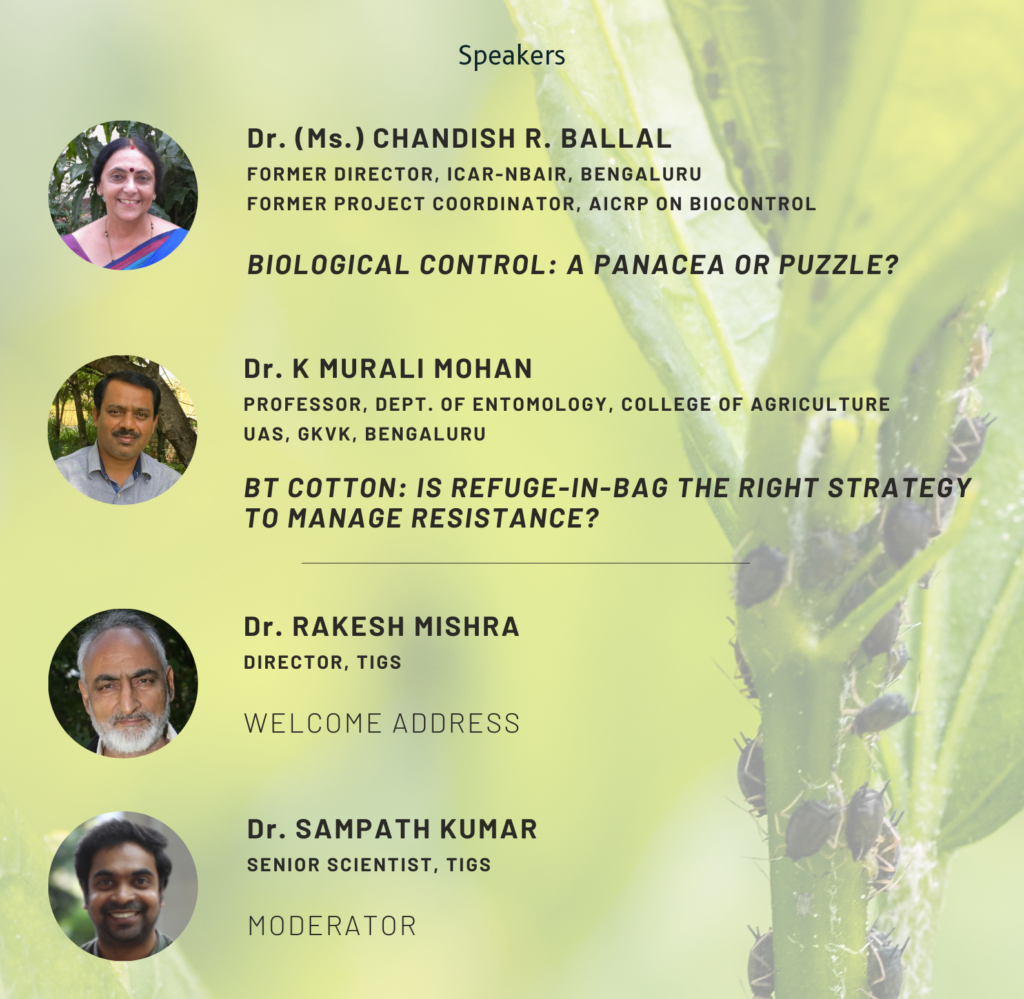
Webinar recording:

